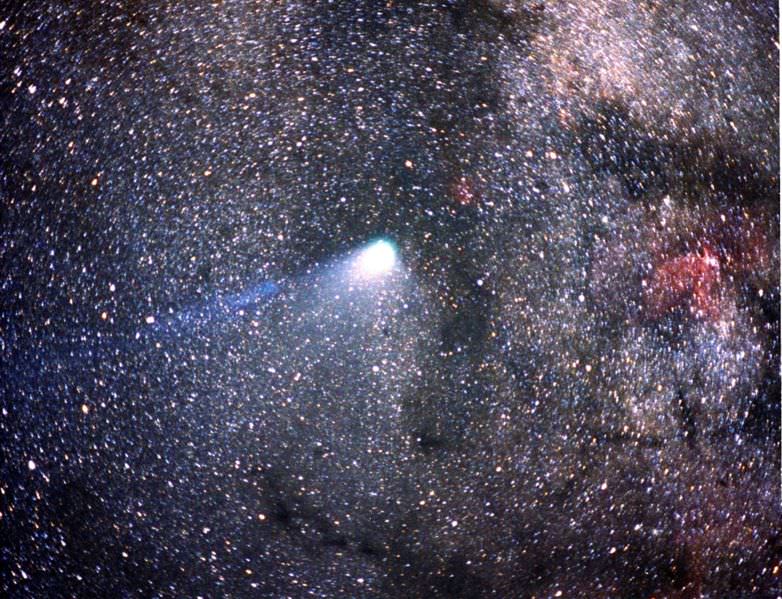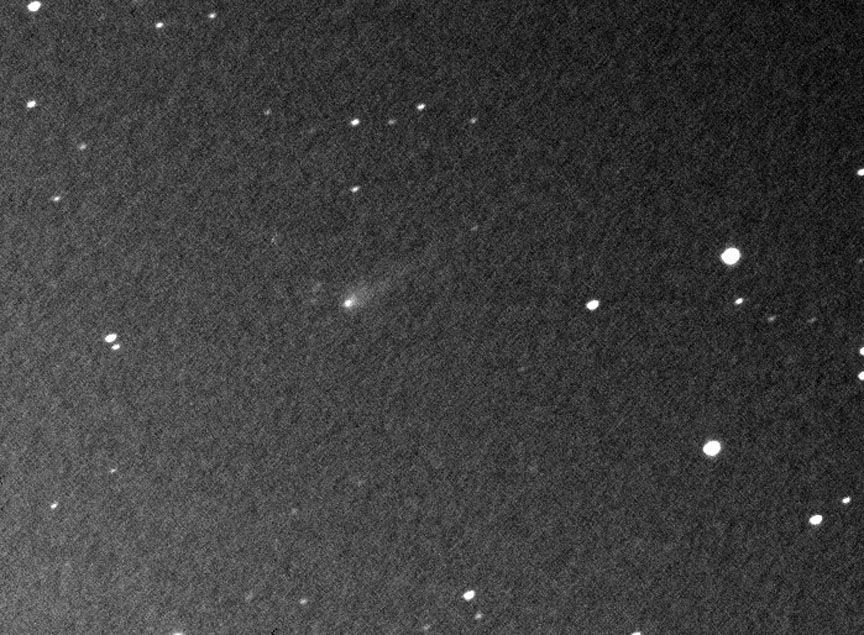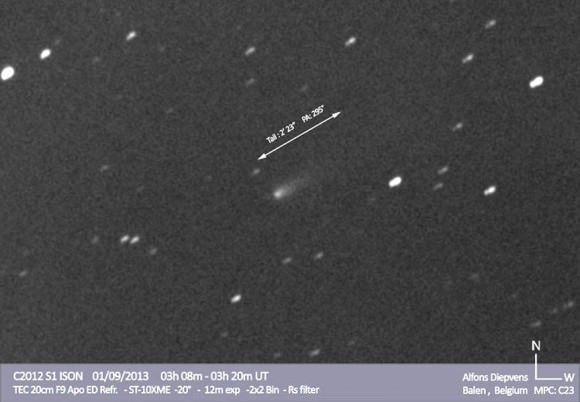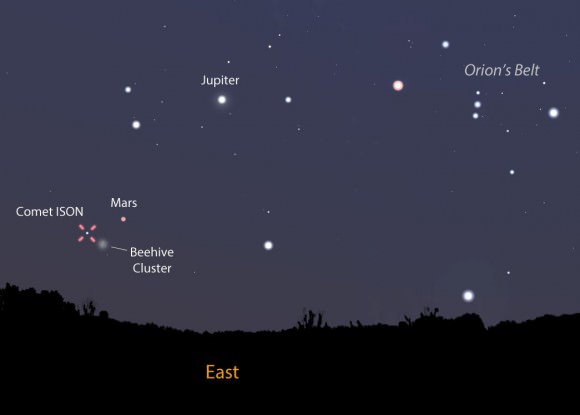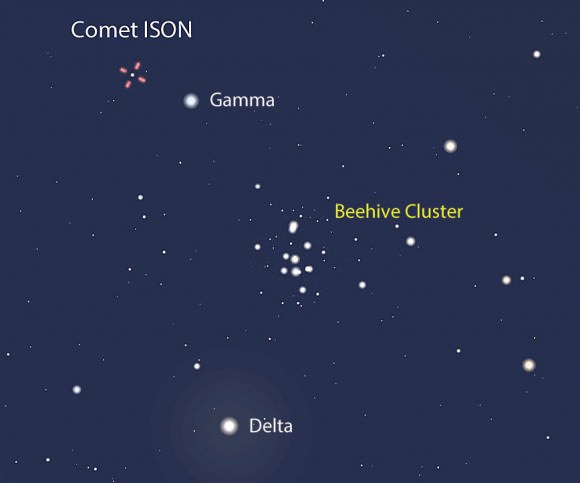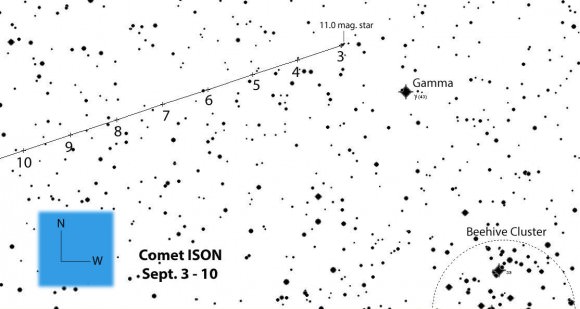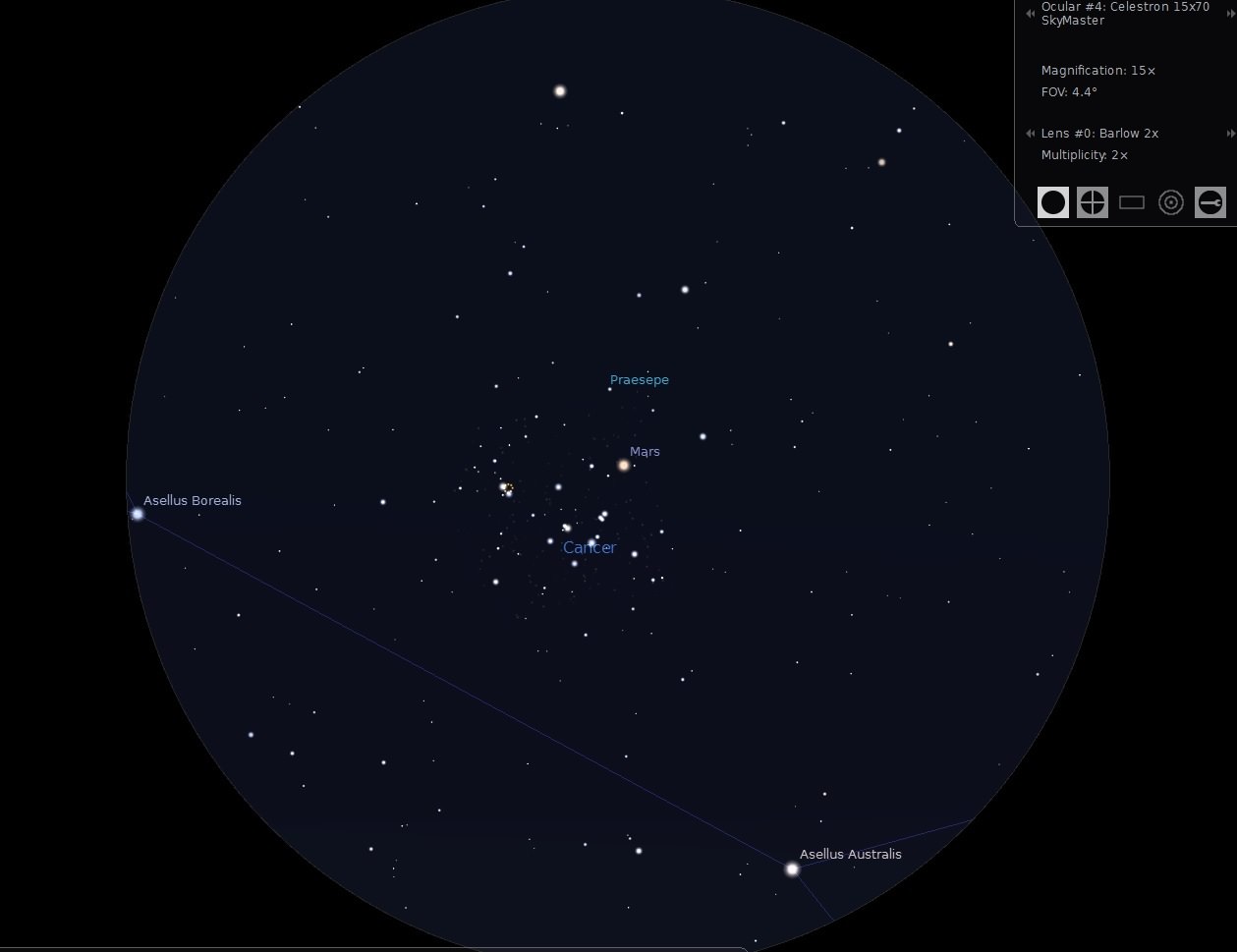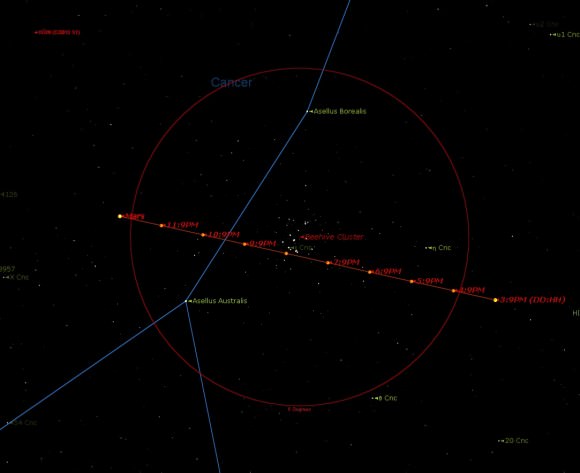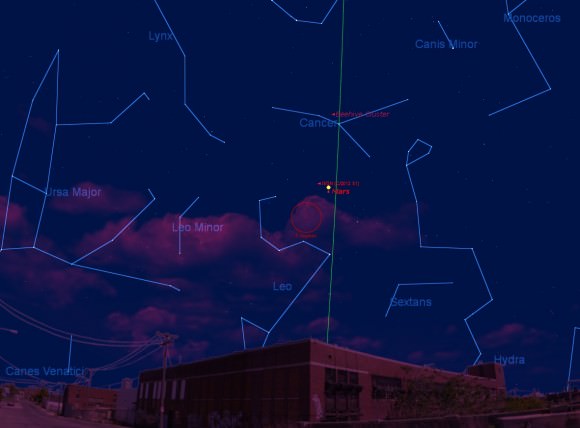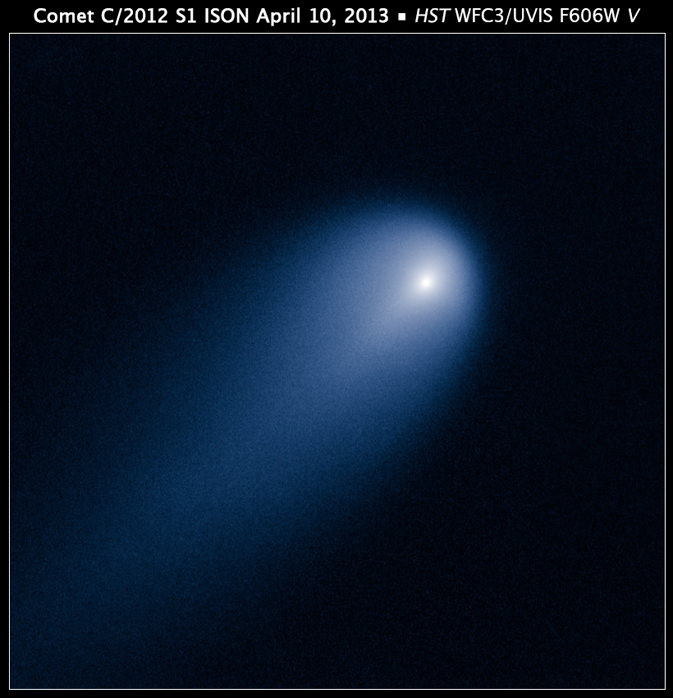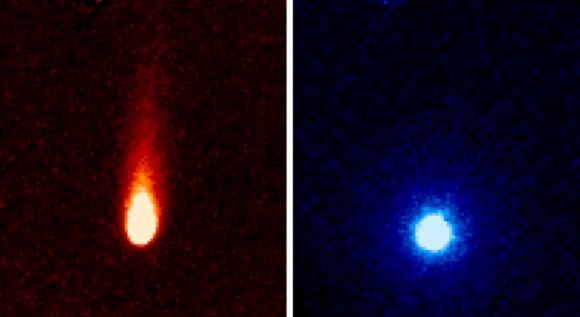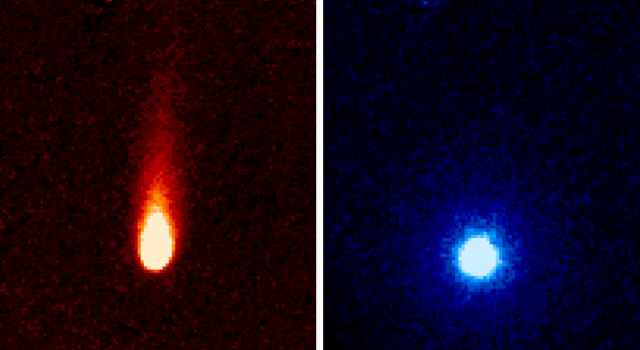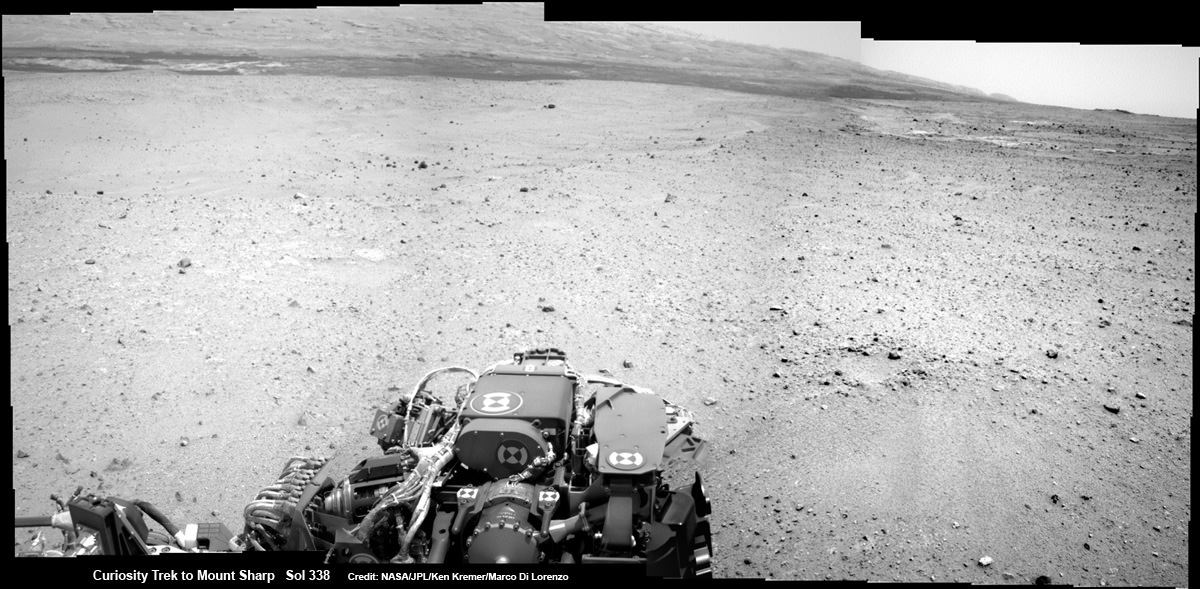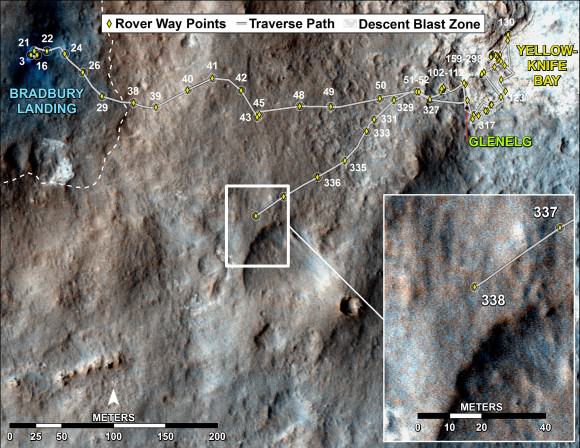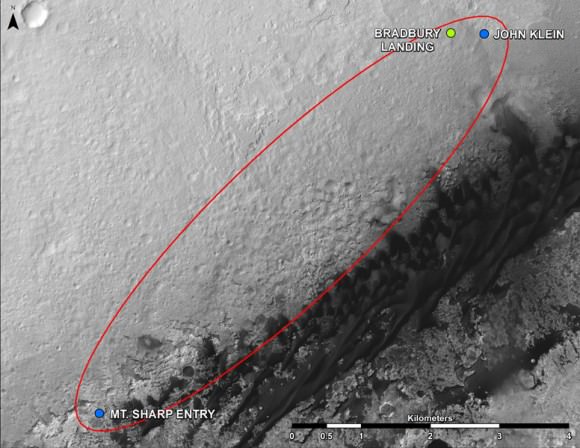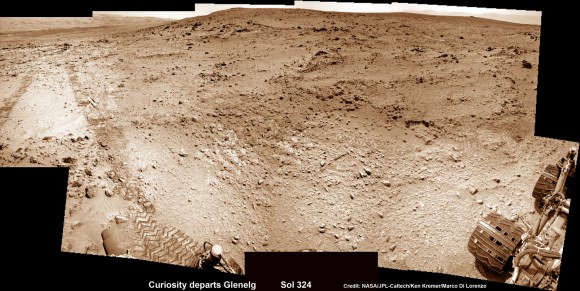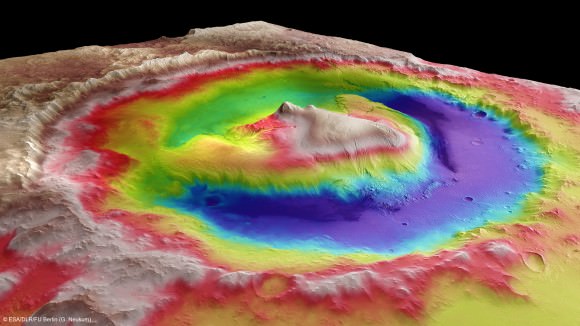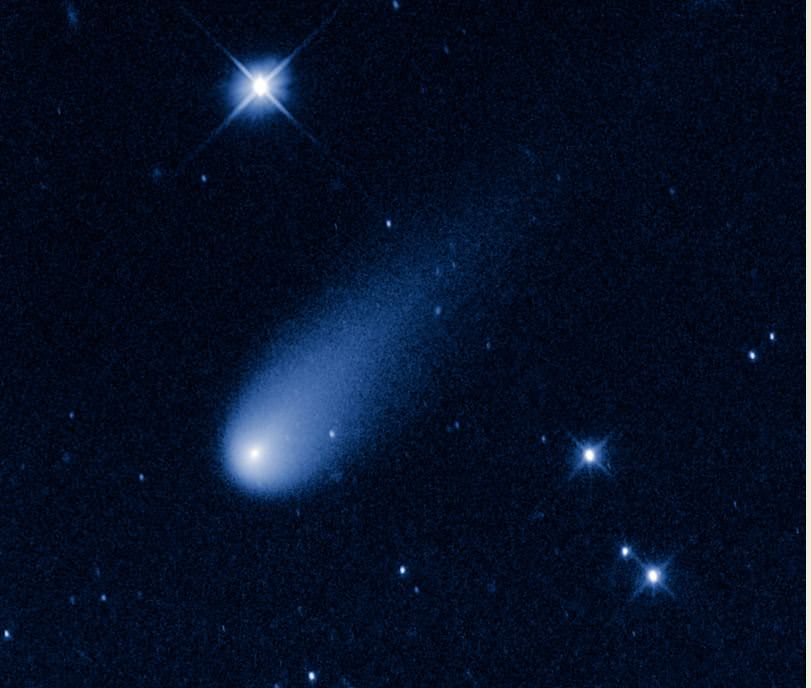There’s an astronomical tall tale from the Middle Ages that seems to get recycled as factual every time a “great” comet rolls around. This week, we thought we’d look at a story that just won’t die, as well as a new twist in comet conspiracy that’s rolling around ye’ ole ‘Net.
We’ve debunked the current craziness surrounding ISON recently, but apparently our work isn’t finished! Comets seem to bring ‘em out of the woodwork. Today, we’ll discuss how that old prophet of doom Nostradamus may have “predicted” Comet ISON being part of the ‘end times,’ but first, let’s look at an astronomical tale of the past. Did a pope really excommunicate the most famous of all comets?
The mid-15th century was a trying time for Medieval Europe. The Black Death had decimated the population of Europe a century prior, and the armies of the Ottoman Turks were advancing from the east. A bright comet could only bear ill will in the minds of the superstitious.

It was into this setting that Pope Callixtus III came into power in 1455. Callixtus was the first of two popes fielded by the Spanish Borgia family, which would later include his nephew Rodrigo who became Pope Alexander the VI, as depicted in the Showtime series The Borgias.
A fine the apparition of Halley’s Comet occurred in June and July 1456. Belgrade was to come under siege by the Ottoman Turks from July 4th to 22nd of that year, and the Fall of Constantinople on May 29th, 1453 to Mehmed II was still fresh on everyone’s mind.
Astronomical signs and omens were a hot topic as well. The partial lunar eclipse of May 22nd, 1453 was seen by many to have fulfilled prophecy that an eclipse would mark the fall of Constantinople. Of course, there are from 4 to 7 eclipses that can be seen on any given year, and lunar eclipses are visible from the entire moonward facing side of the Earth. It’s not too tough to find one to fit any given bill of gloom and doom.
Keep in mind, Halley’s Comet wasn’t even identified in the 15th century as the same comet that was returning once every 75.3 years. That fact wouldn’t be uncovered until Edmund Halley successfully predicted the return of the comet that now bears his name on Christmas Day 1758.
Halley’s Comet would’ve been a spectacular sight in the early summer of 1456, unfurling a tail that was said to have been 60 degrees long and spanning the constellations of Cancer and Leo. The brilliant comet would’ve been a conspicuous object for up to three hours after sunset, and it’s certain that observers around the Mediterranean, including a Rome-based pope would’ve seen it.

But did the pope actually excommunicate the comet to assuage the fears of the European populace of an invasion from the east?
While a quixotic story, the idea that a pope could’ve banned a heavenly body from salvation is apocryphal as best. The Papal Bull issued by Callixtus III on June 29th, 1456 called for prayers and penance and the ringing of church bells in light of the cruelty visited upon Eastern Europe by invaders from the east, but makes no mention of the comet. In fact, no primary source for the tale exists.
The story seems to have gotten its start with a historian named Platina, who wrote a biography of Callixtus III in 1471. Here we find the appearance of:
“A hairy reddish comet appearing for several days… Callixtus, in order to avert the wrath of God, ordered processions to be held…”
No out right excommunication per se, but the Pope and the comet were now forever linked in the eye of history.

French mathematician and astronomer Pierre-Simon Laplace later gave the excommunication tale a boost in the late 18th century, and further embellishment followed from astronomer François Arago writing in 1832.
Keep in mind, these are historical works written down some years after the fact, often translated from Latin to French to English—ideas such as LaPlace’s “conjurer la comete” can easily come across as to “exorcise” or “excommunicate” a comet. Also, political satire of popes, both alive and dead, was common after the start of the Protestant Reformation. Halley’s Comet also made a fine apparition in 1835, and Arago may have been looking for something to captivate the public with in anticipation.
But although this story was debunked over a century ago, it still makes its rounds. None other than Carl Sagan repeated the excommunication story in his book Comet (sorry Carl!) although he also notes that the tale is apocryphal. Although the story of the excommunication of Halley’s Comet has been debunked time and again, a search of the Internet reveals about an even split between the credulous and the skeptical.
But there is also a current mythos being born around Comet ISON, Pope Francis and Nostradamus on ye ole web. For the most part, it has to do with — you guessed it — the end of the world. As per the usual, great comets are harbingers of catastrophic events. Combine the words of Nostradamus with the fact that 2013 has been hyped as “The Year of the Comet,” along with Pope Benedict’s unusual resignation, and that equals The End of Time.
If you don’t believe me, search of Comet/ISON/Pope and see what turns up. The gist of the prophecy cites a quatrain stating that:
“the great star for seven days shall burn
So nakedly clear like two suns appearing
The large dog all night howling
While the great Pontiff shall change his territory.”
Of course, the quatrains of Nostradamus, like all prophecies, are suitably vague enough that they could be interpreted almost in whatever fashion suits the reader. And again, we’re looking at the old 16th century French translated into modern English.
And like eclipses, there are a handful of comets every year. Most reach binocular visibility, and a few may go on to become visible to the naked eye. We’ve already had two comets that crossed this threshold this year, comet C/2011 L4 PanSTARRS and C/2012 F6 Lemmon.
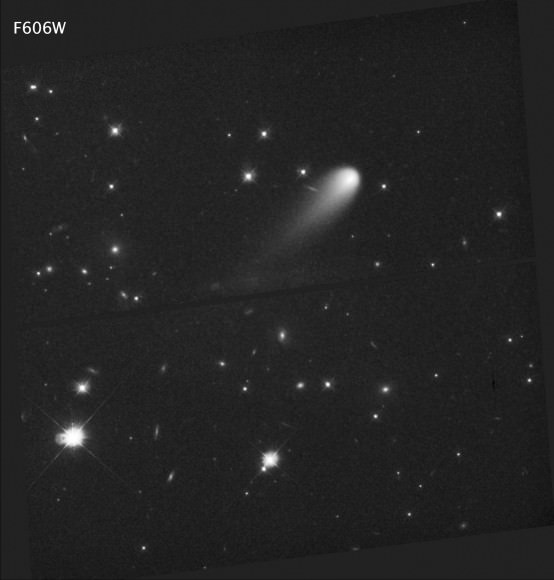
And Comet ISON’s “greatness” is still very much in question. Its currently only at 12th magnitude and probably won’t be a naked eye object until at least early November. And it certainly won’t have the appearance of a second Sun!
I’ll leave it to the armchair predictors of comet doom to decipher what “the large dog howling” even means. The chief logical fallacy evoked by the adherents of Nostradamus is what is known as retrofitting— it’s easy to take a cryptically predicted disaster and find an earthquake, eclipse, and yes, even a comet that falls roughly near the given date.
Of course, if ISON kicks into high gear, then we could really be in for a grand show, along with an accompanying upswing in comet hysteria. And thus, the tireless vigilance against comet-mania continues. Hey, we’re all after “link juice” and the almighty SEO, right? Of course, the real harm comes when something like the 1997 Heaven’s Gate mass suicide, inspired by rumors of an alien spacecraft following comet Hale-Bopp occurs.
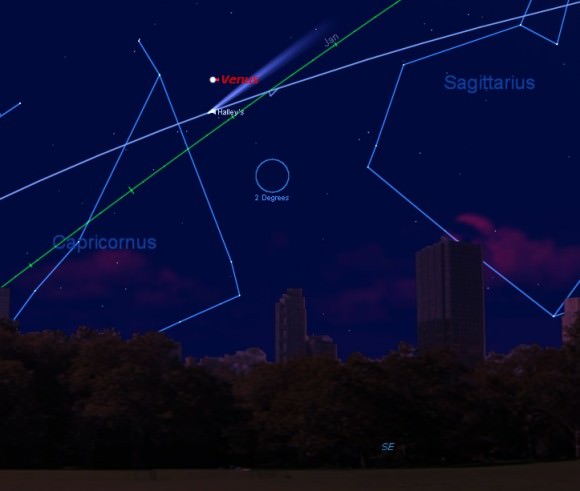
In short, enjoy the show as ISON approaches, read the online tales of popes and comets past… but as rapper and surreptitious promoter of skepticism Chuck D of Public Enemy implores us, don’t believe the hype.
Maybe we’ll finally be an enlightened and rational species when Halley’s Comet pays us a visit again starting in the summer of 2061 through the spring of 2062!
-For an exhaustive look at the myth of the excommunication of Halley’s Comet, Read An Historical Examination of the Connection of Callixtus III with Halley’s Comet published in 1910.
-To see a (mostly) woo free version of the current Comet ISON versus Pope Francis mythos, (with quatrains) check out this article from news.com.au. Hey, we sift through woo so you don’t have to!

